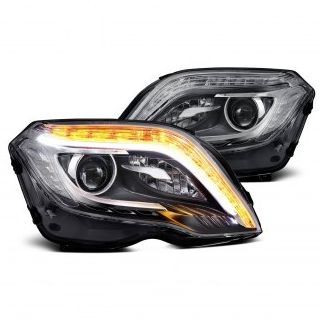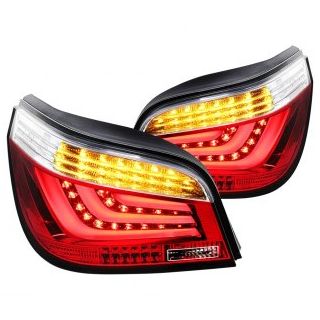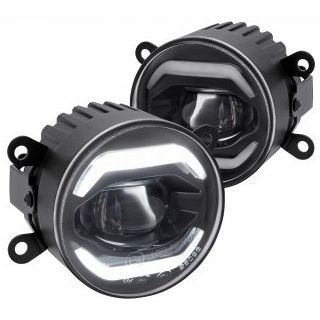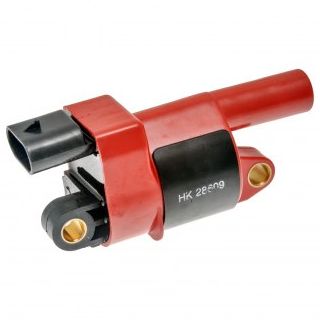
Given the ongoing spike in SUV sales, there are more drivers than ever looking for adventure off the beaten path. However, most casual off-roaders don’t take their modern, off-road SUVs too far from the familiarity of paved streets. Few will take a sport vehicle into the wild, and even fewer will risk traveling unpaved roads after sundown. Nighttime off-roading is a hobby that is, arguably, best left to the more hardcore 4×4 enthusiasts of the world.
If you’re set on off-roading after dark, powerful lighting rigs are essential to keeping safe on the nighttime trails. You’ll definitely want to outfit your 4×4 vehicle with bright headlights and roof-mounted lighting arrays to make sure you can actually see the road ahead when you’re trailing past sundown. Many drivers also choose to have a spotlight handy so they can highlight specific sections of a trail or a rock face.
However, if you want to take your off-roading safety measures to the next level, rock lights can be a great way to illuminate the path when you’re traversing the trail at night. While some vehicles are ready to go off-roading fresh off the lot, others need a bit of maintenance before they’re ready to hit the path. If you’re unfamiliar with rock lights, here’s all you need to know about them.
Rock lights are made for off roading at night
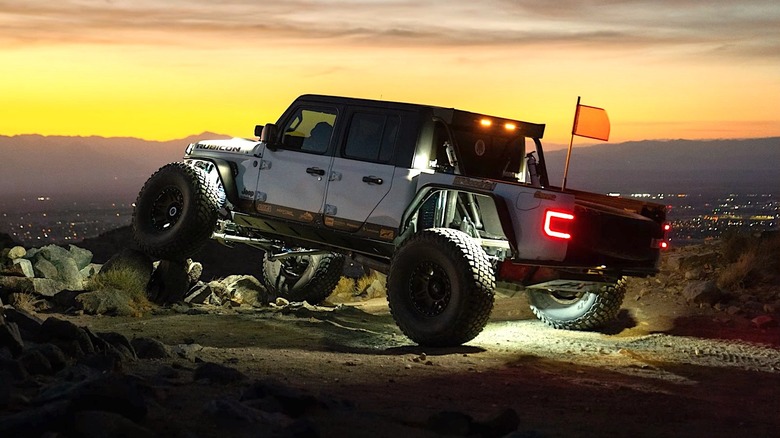
If you’re curious as to what exactly rock lights are, the name is pretty self explanatory. These are lights designed to help you see rocks on the path when you’re off-roading after dark. As opposed to head lights and roof-mounted lighting arrays, however, rock lights are meant to illuminate the obstacles that are directly under and around your vehicle, thus making it easier for drivers to identify hazards and prevent damage to the tires, wheels, or undercarriage.
Rock lights can be referred to by many names, including puddle lights, underglow lights, and courtesy lights. These lights are fastened directly to the undercarriage of a 4×4 vehicle via bolts, a surface mount, or magnetic mounts, and they typically need to be hard-wired to your vehicle’s electrical system.
If you’re interested in adding a rock light array to your vehicle, the hardwiring element means you might need to seek out an automotive professional or off-road outfitting specialist to do the install. If you choose to do it yourself, beware that a rock light kit can set you back anywhere between $35.99 and roughly $230 on Amazon, while a kit from a pro outfitter like KC HiLites will similarly set you back $235.
Rock lights can be useful in many other ways
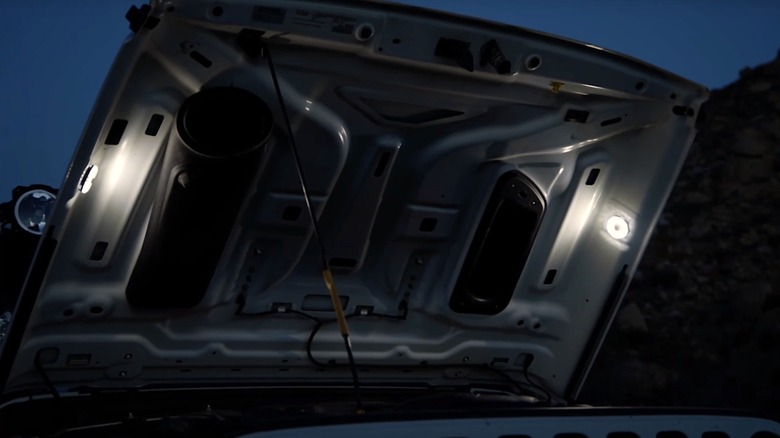
If you’re worried about whether rock lights are worth the money, you might be interested to know that rock lights can be pretty useful apart from helping protect the undercarriage of your 4×4 vehicle. Of course, that tends to entail affixing a rock light or two to your vehicle in places other than the underbelly.
After all, rocks, puddles, and other low-laying hazards are not the only issues that can befall off-roaders when they’re out on a dark and dusty trail. If your 4×4 starts having engine trouble, for example, it would be helpful to have a bright light ready to shine under the hood, if only to free up your hands from holding a flashlight. Likewise, underbody lighting could also be helpful on the off-chance that you do damage something in the vehicle’s underbelly or tires and need to take a look.
Rock lights will also make your vehicle easier to find on the trail if you need to call for off-road support and can be tremendously helpful if you’ve got a spotter helping chart your path on a trail. Likewise, if you’re planning to turn the day into a night of off-road camping under the stars, underbelly lights can be a great — if potentially battery draining— way to illuminate your campsite. If nothing else, undercarriage lights simply make your vehicle look really cool when your cruising down the road.



